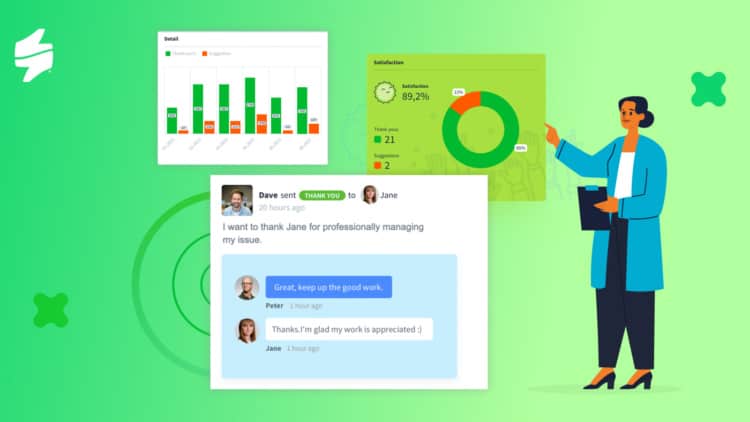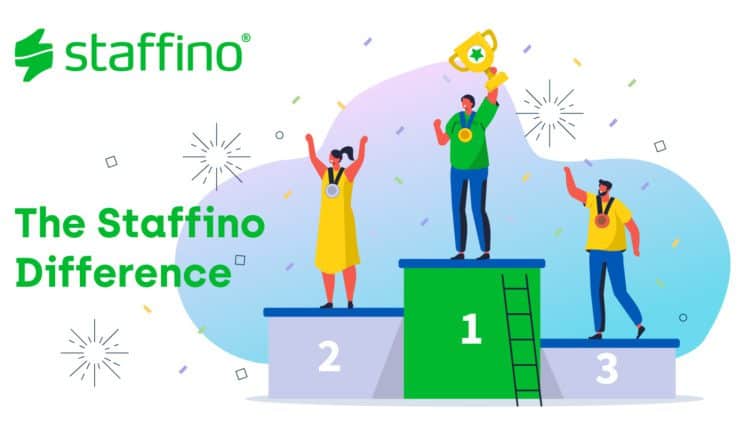Hiring top talents in today’s job market presents a big challenge for employers. It isn’t as easy and affordable as it once was, which means employee retention and minimising the need for hiring new employees can save your company a lot of money and time. So, how does one ensure the lowest possible employee turnover?
It isn’t always about investments. Instead, it would be best to start optimising what you’ve already invested in – the employees you’ve hired and trained and their work processes. With this approach to employee motivation management, you can expect not only a reduced voluntary turnover but also a much higher return on customer experience.
Top 5 Tips for Reducing Employee Turnover

- Optimise the hiring process
Choose employees carefully to ensure they won’t leave you in a few months. Prepare a clear, specific job description and share the company’s values to attract the right fit.
- Set fair compensation and benefits
A competitive salary and benefits package, including learning and growth opportunities, is a must to retain top talents.
- Give recognition and rewards
Show your employees you value their work by giving them real-time recognition for achievements and digital or even tangible rewards based on their performance.
- Monitor employee engagement
Conduct regular employee engagement surveys and create an engaging workplace by gamifying daily tasks or sharing positive customer feedback. Implementing employee engagement software to manage engagement most effectively is also a good idea.
- Offer flexibility
Allow for a healthy work-life balance. Flexible working hours and environment significantly improve employee retention.
Managing Employees Through the Power of Motivation
Various studies have shown that employee recognition significantly decreases employee turnover and boosts performance. According to the studies, a striking 70% of employees consider recognition the key motivating factor.
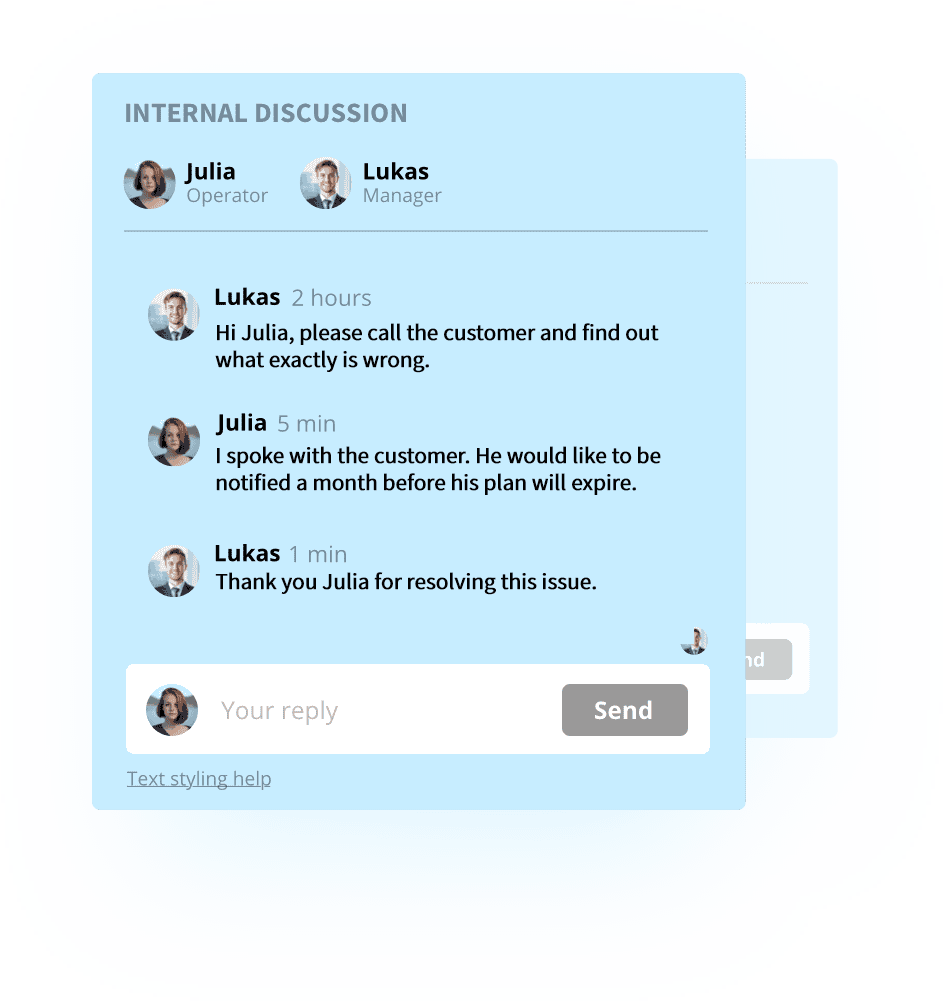

This stresses the importance of giving feedback and encouraging employees to make them feel valued and appreciated for the work they do. Recognise best performers for their achievements to motivate them to repeat the good work. Even if an employee’s performance is not as good as it could be, employers or managers should always find a way to give feedback. For instance, they can provide helpful guidance to the employee on how to handle customer complaints professionally.
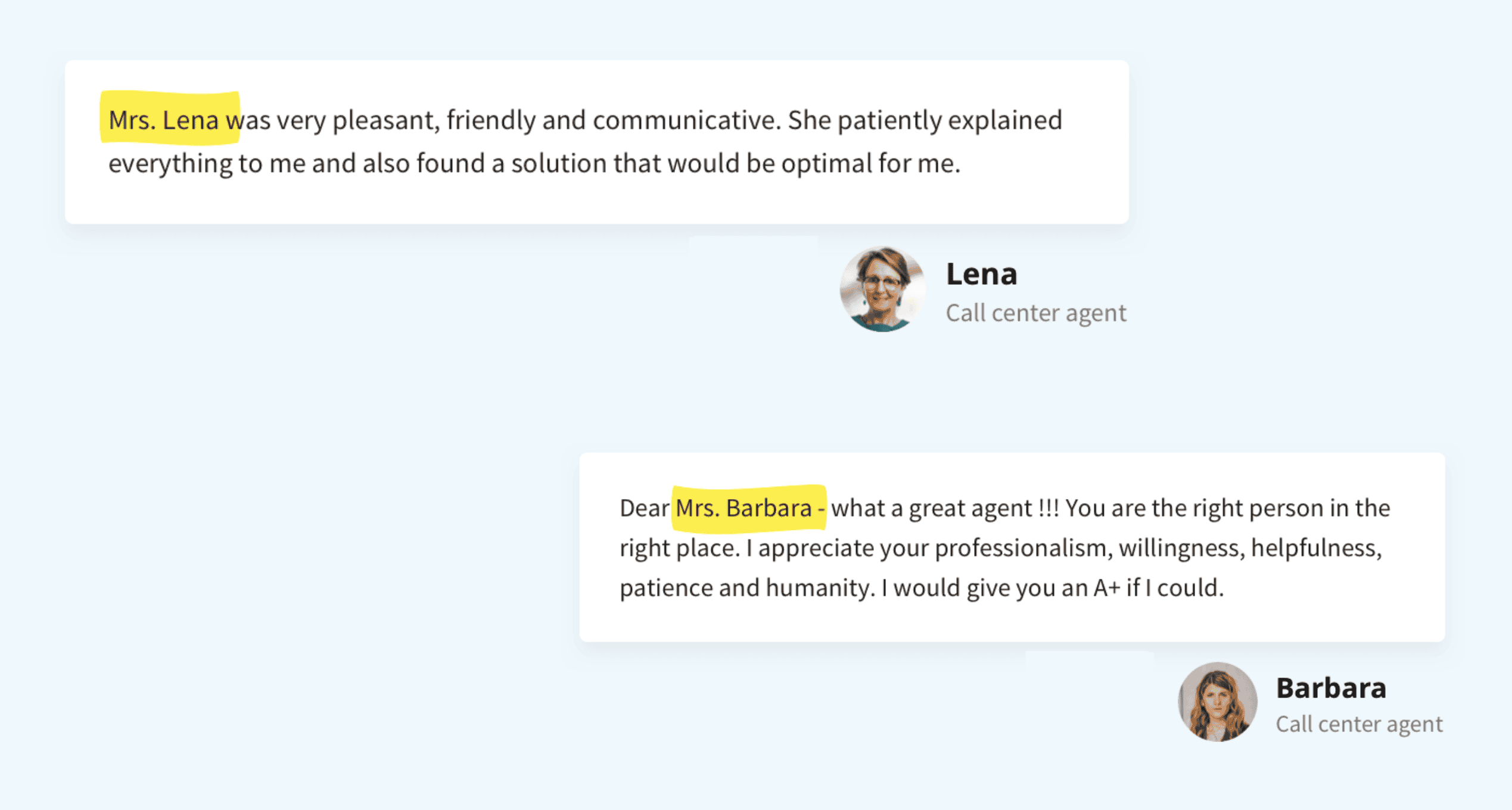
In addition to the manager’s feedback, sharing positive customer feedback with employees is a great way to energise your organisation. Over the years of managing customer and employee experience for various companies, we have found that 50 to 80% of customer feedback related to specific interactions with the staff is usually positive. Sharing positive customer feedback and thank-yous makes the employees feel valued and encourages them to give their best. This can be easily done through an employee engagement software or platform such as Staffino.
How Employee Engagement Reduces Turnover and Saves Money
We have worked with a telco client who struggled with employee turnover at the call centre caused by a lack of motivation and engagement. The company needed to deploy an effective employee motivation management system, so they decided to implement Staffino in May 2017.
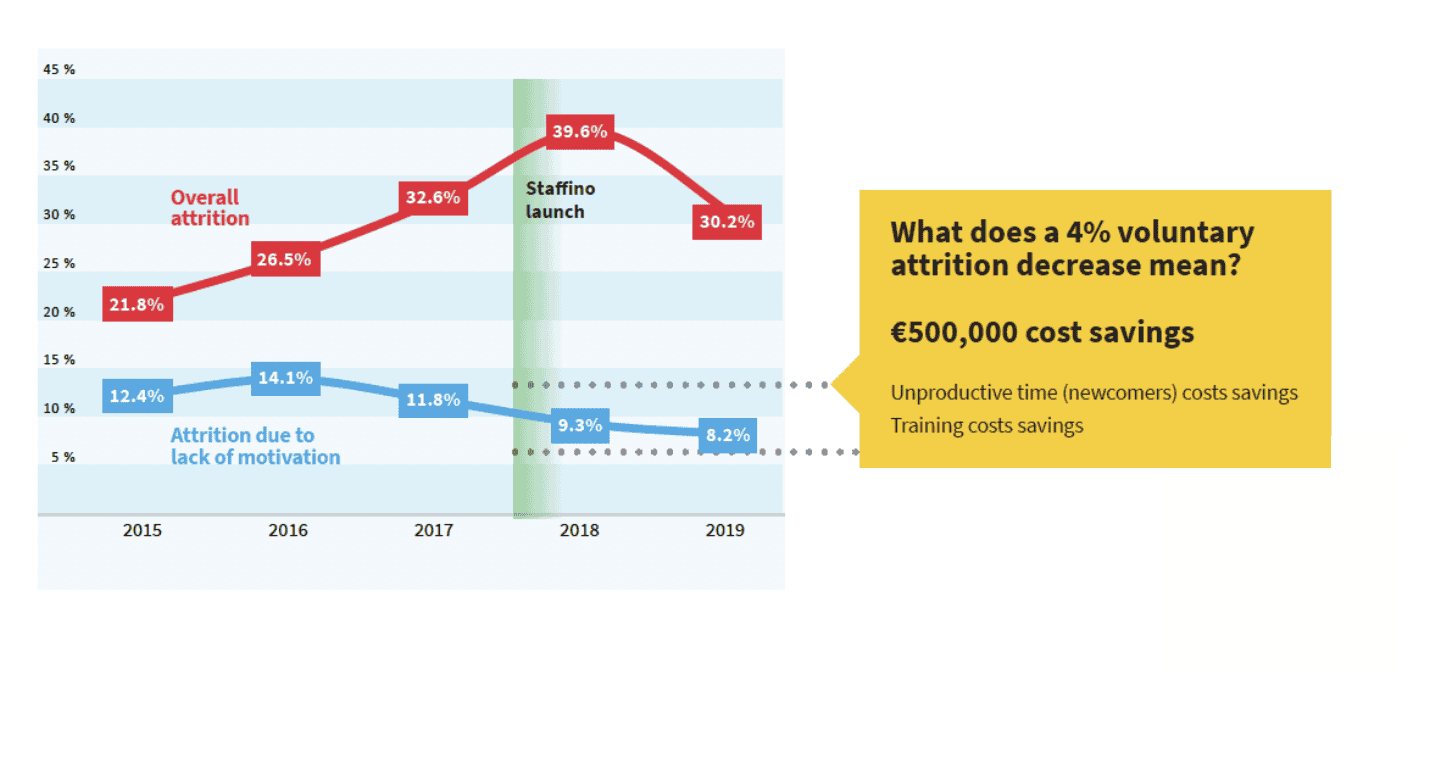
Before using Staffino, the turnover rate at the company’s call centre was 14.1%. However, the annual figure decreased to 8.2% in two years of deploying a new employee motivation management programme, which generated around €520,000 of savings on unproductive time and training costs. This equals total annual savings of 7% based on a yearly labour cost. According to the client, engaging call centre agents through Staffino also helped improve their performance, the call centre’s operations, and other root causes of employee turnover.
Final Words
The main takeaway from this article is that you should always prioritise employee happiness. Employees are not just resources to manage but rather human beings to value. So care about their well-being, give recognition, and make your employees feel valued to nurture a loyal, engaged workforce.

